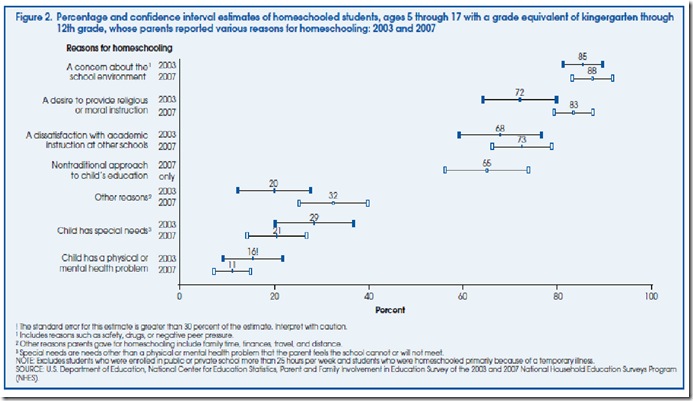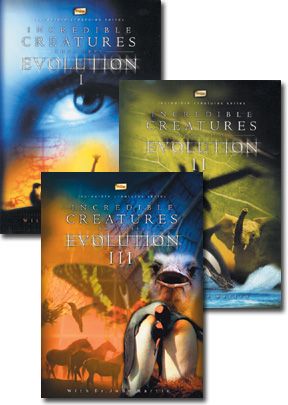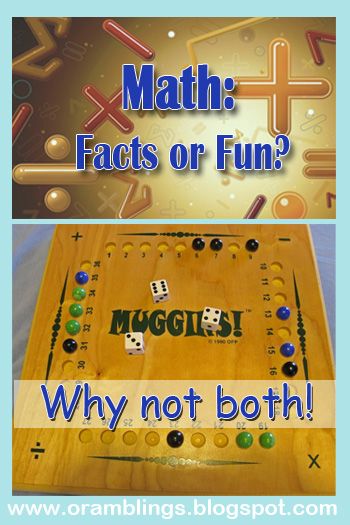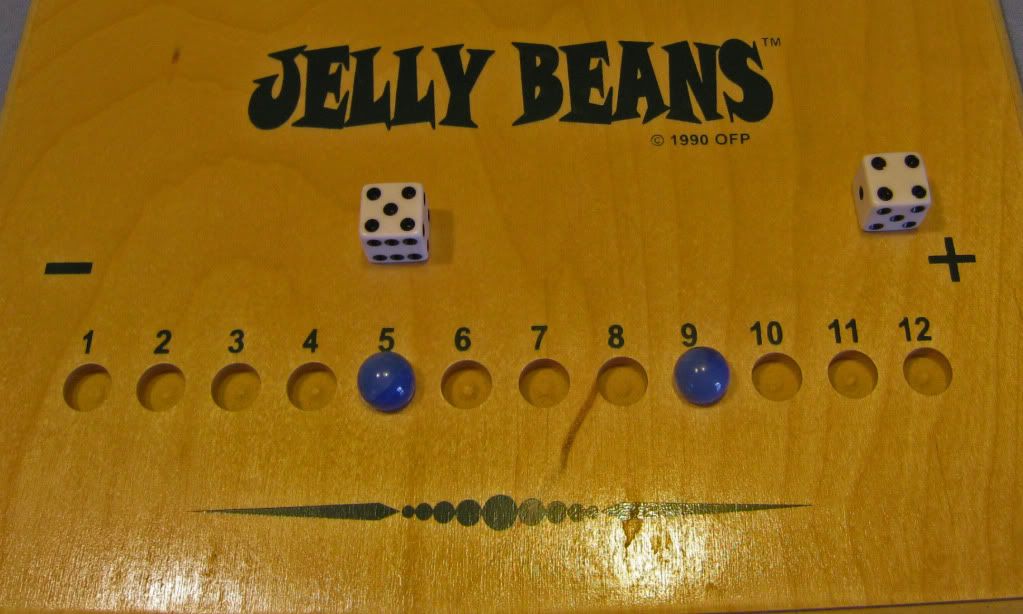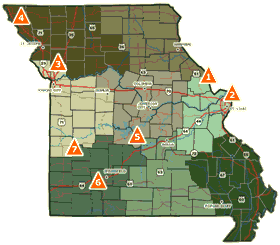Over the past three years, Schnickelfritz and I have reviewed many products design to help make drilling math facts fun, or at least more palatable for kids. Some offer the reward of game time or an object for a virtual world after the lesson is complete. One had the drill in the form of a race and the faster you typed in correct answers the quicker you crossed the finish line. Because I was reviewing specific products I've never been able to talk about our favorite way to review math facts (you can't mention "the competition" in a review). This Virtual Curriculum Fair has finally given me the opening to talk about the Math Games of
Old Fashioned Products, Inc: Jelly Beans, Knock-Out, Muggins, and Opps. All but Jelly Beans can be played by 2-4 players. I've invested in the hardwood version of the games but they are also available as write on/wipe off boards (we think the marbles make it more fun).
Jelly Beans is geared towards the youngest learners--those just learning to count and add and subtract. The board is designed for two players to go head to head each with a row of holes numbered 1 through 12. In the easiest version of the game, the player roles two dice and counts the number of dots showing, placing a marble in the hole that corresponds to the total. The first player to fill in ten holes wins.
Next level: we're ready to add and subtract. The player roles the two dice and places one above the corresponding number (in this case above the five from the previous game). The second die is placed near the subtraction or addition sign. This tells the player how many "hops" to make away from the first die. Here I've made four hops or added four to five to total nine. Again, first player to fill 10 holes wins.
Third game (and this one can be played solitaire as well). The player rolls three dice and tries to fill as many holes as possible in one turn using the face value of one die or adding/subtracting two or all three dice. In the roll above, I was able to fill all the holes all the way to 8 as follows:
1 = face value
2 = 3 - 1
3 = face value
4 = face value
5 = 4 + 1
6 = 4 + 3 - 1
7 = 4 + 3
8 = 4 + 3 + 1
If playing head to head, the first player to fill all twelve holes wins. As a solitaire game, see how few turns you need to fill the board. Jelly Beans is for ages 4-7 (I think you could lower that to any age starting to learn to count but then you need to watch out for toddlers swallowing the marbles). Once the child is comfortable with counting, adding and subtracting you're ready to turn the board over for Knock-Out.

This board features an inner and outer ring of holes, each pair with a number from 1 to 18. The object of the game is to "capture" a number by placing your colored marble in both the inner and outer ring. In the easiest version the player rolls two dice and places a marble in either the sum of the two (the red marble in 10 as seen above) or two marbles based on the face values shown (the blue 4 and 6 above). If you roll doubles, you automatically capture the number. If you've only got one side filled your opponent(s) can knock you out by rolling the same number during their turn. Of course in this version (with two dice) you can only reach numbers 1 through 12. This is the game that really hooked my son--there's nothing better than knocking Mama off the board.

In the next level of the game you use three die. In addition to using face values and the total of all dice, you may also place marbles in any numbers that also add up to the total. In the above game let's say I'm red and I've just rolled a total of 10 (1 + 4 + 5). I could place a marble on the other side of 10 and capture that number. I could also place red marbles in 1, 4, and 5 (the face values) knocking out the blue marble in 4 and starting to stake claims on 1 and 5. This would put three new red marbles on the board. However, there is a way to place
four marbles on the board because 1+2+3+4 also equals 10. Now I can knock 3 blue marbles off the board. At this level we're not only working on addition and subtraction, but introducing critical thinking and strategy. Knock-Out is marketed to ages 6 and up.
The next, and probably most popular game is Muggins. This boards has holes numbered 1 to 36 around the four sides and uses three dice. The player scores points for every marble on the board, but there are bonuses for creating a run of 2 or more of your marbles in a row.
In its easiest level, Muggins can still be a game of just addition and subtraction. By using the 12-sided dice included with the game it's possible to capture all 36 numbers. Here it's black's turn and I've rolled a 10, 4 and 6. The 20 (10 + 4+ 6) is already taken by green. I could make a run of three by capturing the 8 (10 + 4 - 6) or I could stop blue's run by taking 12 (10+6-4).
At the next level of the game we use three regular dice but any of the four math functions. You either add, subtract, multiply or divide two dice to get a new number and then add, subtract, multiply, or divide that number by the face value of the third die. You can see where the possible choices of marble placement expand dramatically.
Here are just a few options (assuming I'm blue) with a 3, 4 and 6 :
3 + 4 + 6 = 13, already occupied
3 + 4 - 6 = 1, available but it doesn't make a run or block anyone else
3 + 6 - 4 = 5, this would put an end to one side of black's run
(6*4)/3 = 8, this would keep black from forming a 4 marble run
6*3 - 4 = 14, this would give blue a run of 3
As the board begins to fill it becomes harder and harder to find numbers to capture. I can almost see Fritz's gears churning in his brain as he tries to manipulate the numbers to come up with an open solution. In the official rules of Muggins you are allowed to "bluff," that is try to get away with placing a marble somewhere that you can't reach mathematically. If you get caught, that marble is removed. If you are challenged and can explain your calculations you may remove one of the challenger's marbles. (When we're playing for school purposes, we always "show our work" and explain our calculations so no bluffing allowed). There's an even higher level of game play where you use two dice as noting place value. In our sample game I could use the 3 and 6 as 36 and divide by 4 to make 9 (but that's already taken). I love the age range for Muggins-- 8 to Nuclear Physicist.

The final game, and really one of the best for drilling a concept is Opps. The board layout is similar to Muggins but the numbers run from negative 18 to positive 18, including zero. There are four dice: two red and two green. The reds represent negative numbers. Do you remember all the rules for negatives: adding a negative is really subtraction, multiplying two negatives makes a positive product, etc. What a perfect way to get kids ready for algebra where they'll be dealing with positive and negative x's and y's. The game is designed for ages 12 to Einstein, but my eight year old boy is able to play since he's grounded in math facts and only has to concentrate on how negative numbers work.
A single board game can cost $32 dollars if you buy it on the
Muggins Math website. They do have combinations of reversable boards for only $11 dollars more: Jelly Beans & Knock Out, Knock Out & Muggins, Muggins & Opps. There are more combos with games we've never tried. Looking at their website today I saw a whole series of games that deal with fractions (next year's math focus) I see the games as investments because we'll keep playing them long beyond their need as math facts drilling. Each game also comes with several levels of play so it grows with your childs capabilities. If this is still beyond your budget, the write on/wipe off versions are only $12.
This post is part of the Virtual Curriculum Fair. Please visit these other links to read about how other homeschoolers teach Math, Logic, and Science.
Math Lapbooks---Virtual Curriculum Fair Week 2 Angie Wright @ Petra School
Virtual Curriculum Fair Week Two: Discover Patterns, Mathematics, Logic and Some Science by Leah @ The Courtney Six Homeschool
Our Choices For Math by Melissa @ Grace Christian Homeschool
A Magnificent Math Manipulative by Letha Paulk @ justpitchingmytent
Our Math Choices - Virtual Curriculum Fair by Tristan @ Our Busy Homeschool
Math Literature?!?! by Christine @ Crunchy Country Catholic
Learning Math at My House by Jessica @ Modest Mama
Math Using Hamburger Paper by Debbie @ Debbie's Digest
Math Facts or Fun? Why Not Both! by Beth @ Ozark Ramblings
Heart of Dakota- The Fine Details- Part 2 Science by Lynn @ Ladybug Chronicles
Learning Math Block by Block by Laura O in AK @ Day by Day in Our World
Plugging Along with Math by Cindy Horton @ Fenced in Family
What's Working and What's Not: Math Edition by Leann @ Montessori Tidbits
Math Anyone? by Cindy @ For One Another
Ahh, Math. by Nicole @ Schooling in the Sun
Flying Without a Parachute: Math with no Curriculum by Pam @ Everyday Snapshots
Math in Our Homeschool by Christine T @ Our Homeschool Reviews
Math, Math, and More Math by Dawn Chandler @ tractors & tire swings
Thinking Mathematically- How I Choose Math Curriculum by Kristen @ Sunrise to Sunset
Discovering Patterns: Math, Logic, and Some Science by Christa Darr @ Fairfield Corner Academy
The Science of Math by Brenda Emmett @ Garden of Learning
"Mom, did we do math today?" by Chrissy at Learning is an Adventure
Math, Math, and More Math by Joelle @ Homeschooling for His Glory












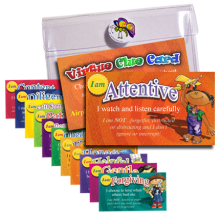
 The Kids of Virtueville Coloring Book ($3.00, free with any kit purchase) This is a downloadable item. Each page features on of the virtue characters, the name of the virtue they represent above them and their name at the bottom. Each character also has an object associated with them. I can understand the piggy bank for patient, as in patiently saving coins to make a big purchase. Others, like an airplane for attentive make no sense except they start with the same letter. In addition to the coloring sheets there are three puzzle pages. My son doesn’t like to color so we didn’t use this product. You do have permission to make copies for everyone in your family.
The Kids of Virtueville Coloring Book ($3.00, free with any kit purchase) This is a downloadable item. Each page features on of the virtue characters, the name of the virtue they represent above them and their name at the bottom. Each character also has an object associated with them. I can understand the piggy bank for patient, as in patiently saving coins to make a big purchase. Others, like an airplane for attentive make no sense except they start with the same letter. In addition to the coloring sheets there are three puzzle pages. My son doesn’t like to color so we didn’t use this product. You do have permission to make copies for everyone in your family.



